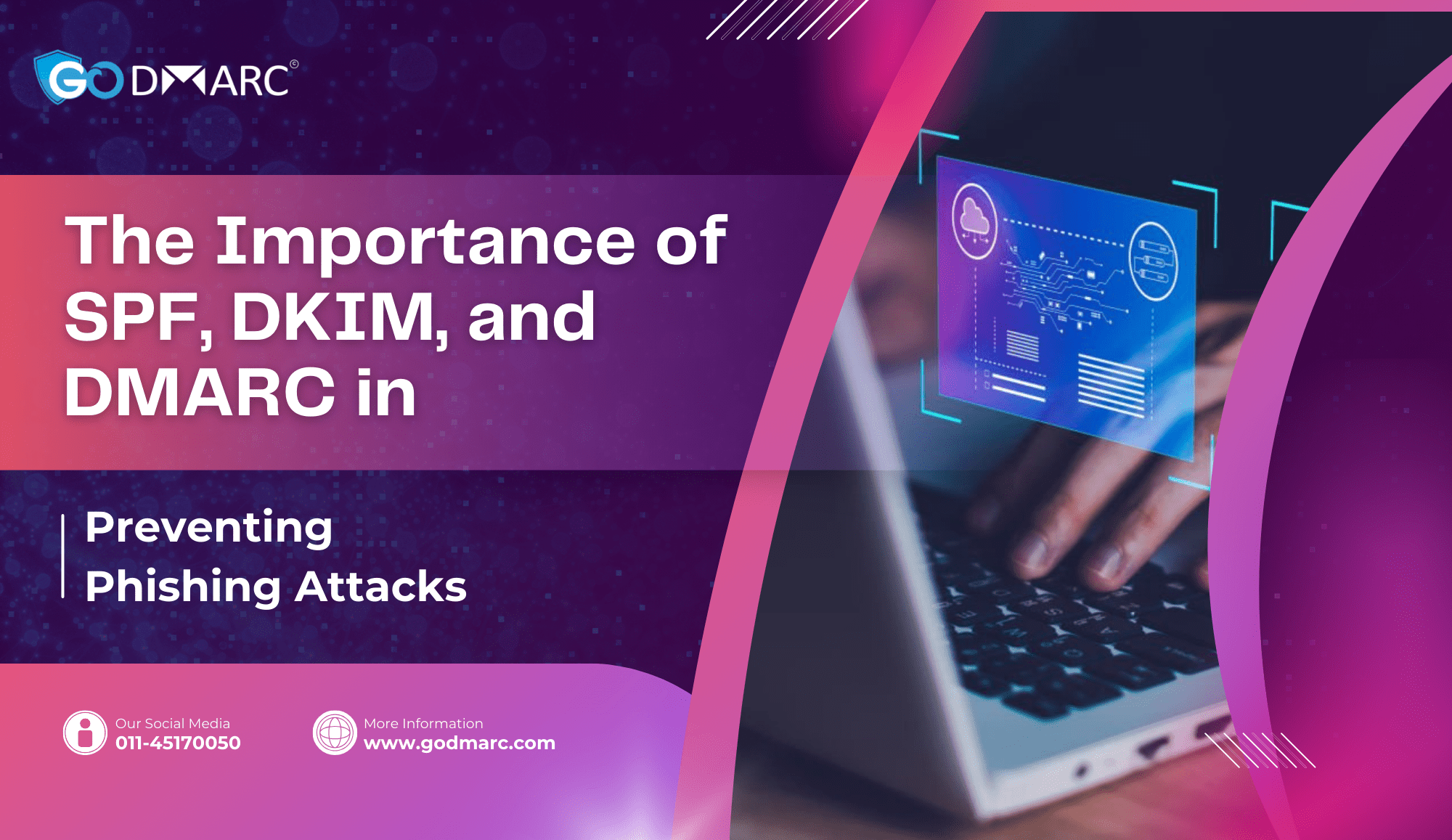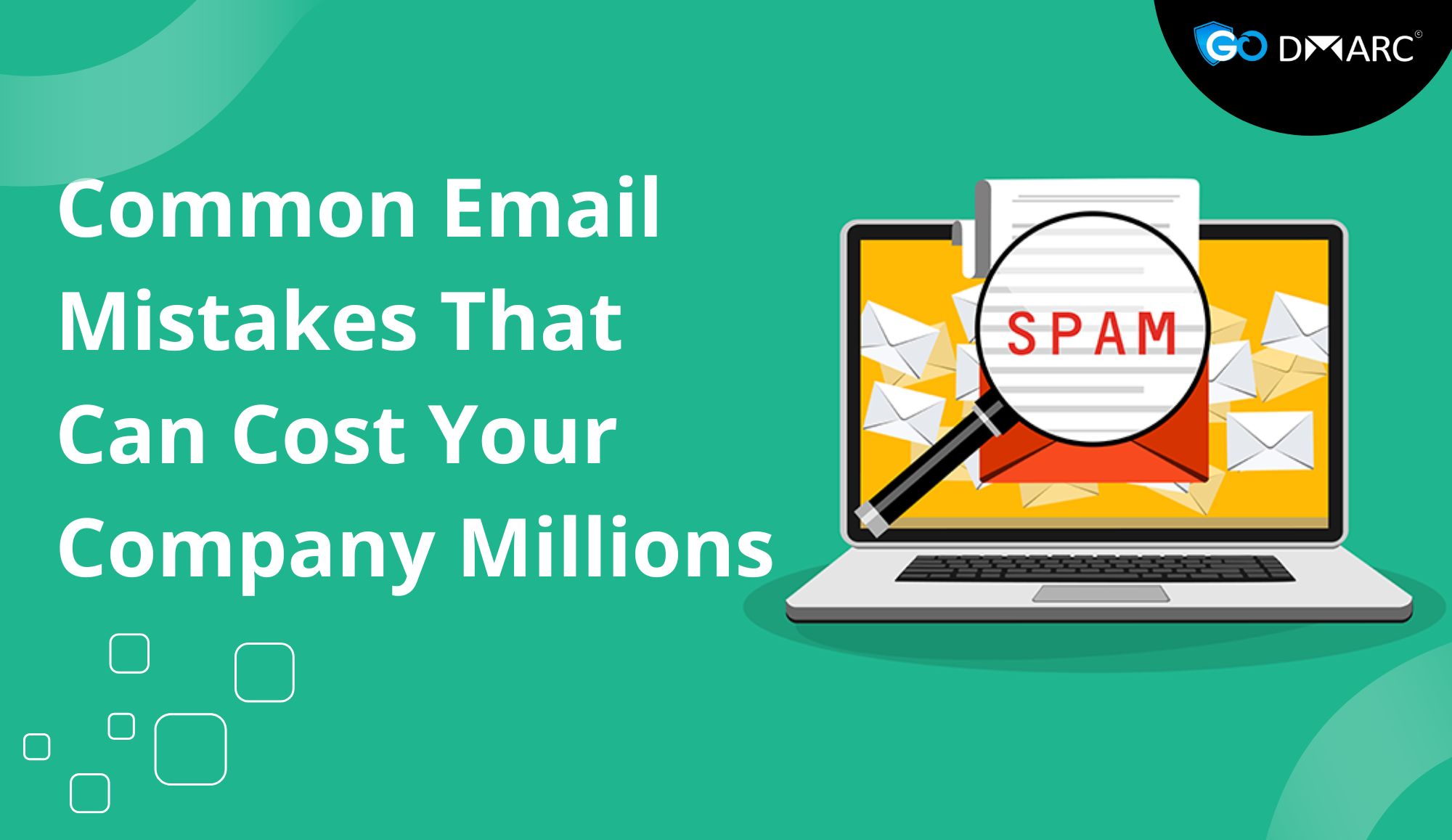Introduction
Email remains one of the most widely used communication channels for businesses and individuals. However, it is also a primary target for cybercriminals who exploit vulnerabilities to conduct phishing attacks, spoofing, and email fraud. To combat these threats, organizations must implement email authentication protocols such as SPF, DKIM, and DMARC. These technologies work together to verify the authenticity of emails and prevent unauthorized senders from exploiting a domain.
In this blog, we will explore the significance of SPF, DKIM, and DMARC in strengthening email security and how they help in preventing phishing attacks.
Understanding Email Spoofing and Phishing Attacks
Phishing attacks often involve email spoofing, where an attacker forges the “From” address to make an email appear as if it comes from a trusted source. The goal is to deceive recipients into clicking malicious links, downloading malware, or providing sensitive information such as login credentials and financial details.
How Phishing Attacks Work
- Email Spoofing – The attacker falsifies the sender’s identity, making the email seem legitimate.
- Social Engineering – The email may include urgent messages, fake invoices, or requests for confidential information.
- Malicious Links and Attachments – Victims are lured into clicking on fraudulent links that redirect them to fake login pages or download malware.
- Data Theft and Financial Fraud – Once users fall into the trap, their credentials or financial data are stolen.
Since phishing attacks exploit email vulnerabilities, organizations must adopt robust authentication mechanisms such as SPF, DKIM, and DMARC to safeguard their email domains.
What is SPF (Sender Policy Framework)?
SPF (Sender Policy Framework) is an email authentication protocol designed to prevent email spoofing. It allows domain owners to specify which mail servers are authorized to send emails on their behalf.
How SPF Works
- The domain owner publishes an SPF record in the DNS, listing permitted mail servers.
- When an email is received, the recipient’s mail server checks the SPF record to verify if the sending IP is authorized.
- If the email passes SPF authentication, it is considered legitimate; otherwise, it may be rejected or marked as spam.
SPF Benefits
✅ Prevents spammers from using your domain to send fraudulent emails.
✅ Reduces the risk of spoofed emails reaching your customers and employees.
✅ Helps improve email deliverability by ensuring authenticated emails reach inboxes.
SPF Limitations
❌ SPF authentication breaks when emails are forwarded.
❌ It does not protect against email tampering in transit.
❌ It only verifies the sender’s IP address and does not validate the email’s integrity.
To strengthen email security, SPF should be used in combination with DKIM and DMARC.
What is DKIM (DomainKeys Identified Mail)?
DKIM (DomainKeys Identified Mail) is an authentication method that allows senders to attach a digital signature to their emails. This ensures that the email content remains intact during transmission and has not been altered by unauthorized parties.
How DKIM Works
- The sender generates a cryptographic key pair – a private key (used to sign emails) and a public key (published in the domain’s DNS).
- The outgoing mail server signs each email with the private key.
- The recipient’s mail server retrieves the public key from DNS and verifies the signature.
- If the signature matches, the email is considered authentic; otherwise, it may be flagged or rejected.
DKIM Benefits
✅ Ensures that emails are not modified in transit.
✅ Enhances domain reputation and email deliverability.
✅ Provides an additional layer of authentication beyond SPF.
DKIM Limitations
❌ Requires proper key management to prevent compromise.
❌ Does not prevent email spoofing on its own.
❌ Configuration errors can lead to failed authentication.
DKIM, when combined with SPF and DMARC, provides a strong defense against phishing attacks.
What is DMARC (Domain-based Message Authentication, Reporting, and Conformance)?
DMARC (Domain-based Message Authentication, Reporting, and Conformance) is an advanced email authentication policy that builds upon SPF and DKIM. It allows domain owners to define how unauthorized emails should be handled and provides reporting capabilities to monitor authentication failures.
How DMARC Works
- The domain owner publishes a DMARC policy in the DNS, specifying whether to monitor, quarantine, or reject unauthenticated emails.
- When an email is received, the recipient’s mail server checks if it passes SPF or DKIM authentication.
- If the email fails authentication, the DMARC policy determines whether it should be delivered, placed in spam, or rejected.
- The recipient’s mail server sends DMARC reports back to the domain owner, providing insights into email activity.
DMARC Policy Modes
- p=none (Monitoring mode) – No action is taken, but reports are generated for analysis.
- p=quarantine (Spam mode) – Unauthenticated emails are sent to the spam/junk folder.
- p=reject (Strict mode) – Unauthenticated emails are rejected entirely.
DMARC Benefits
✅ Prevents domain spoofing and phishing attacks.
✅ Provides visibility into email authentication failures.
✅ Helps organizations enforce strict security policies.
✅ Boosts brand reputation and trust.
DMARC Limitations
❌ Requires proper SPF and DKIM setup before implementation.
❌ Incorrect configuration may lead to legitimate emails being rejected.
❌ Needs ongoing monitoring to ensure effectiveness.
Despite these challenges, DMARC is a powerful tool for DMARC Email Security, reducing the risk of phishing and impersonation attacks.
Implementing SPF, DKIM, and DMARC for Maximum Email Security
To effectively protect your domain, follow these steps:
- Set Up SPF
- Create an SPF record listing authorized mail servers.
- Publish it in the DNS as a TXT record.
- Enable DKIM Signing
- Generate a DKIM key pair.
- Configure your mail server to sign outgoing emails.
- Publish the public key in the DNS.
- Deploy DMARC Policy
- Start with
p=noneto monitor authentication failures. - Gradually enforce stricter policies (
p=quarantine→p=reject). - Use DMARC reports to fine-tune security settings.
- Start with
By implementing these measures, organizations can significantly enhance their DMARC Email Security posture.
Why SPF, DKIM, and DMARC are Crucial for Businesses
1. Protection Against Phishing Attacks
Cybercriminals rely on spoofed emails to deceive employees and customers. DMARC policies help prevent these fraudulent emails from reaching inboxes.
2. Enhanced Brand Reputation
A secure email domain builds trust with recipients and prevents brand abuse.
3. Improved Email Deliverability
Authenticated emails have a higher chance of reaching the inbox rather than being marked as spam.
4. Compliance with Security Standards
Many regulatory frameworks recommend or mandate email authentication measures.
5. Detailed Insights and Reporting
DMARC provides valuable data on email traffic, helping organizations detect unauthorized senders.
Conclusion
SPF, DKIM, and DMARC are essential components of DMARC Email Security, working together to prevent phishing, spoofing, and email fraud. While SPF authenticates the sending server, DKIM ensures email integrity, and DMARC enforces security policies. Organizations that implement these protocols can safeguard their email domains, protect their brand, and improve deliverability.
By taking a proactive approach to DMARC Email Security, businesses can mitigate cyber threats and build a secure email communication system.




